Soothing trade winds caress the landscape. Palm trees sway in the breeze. Gentle waves blanket the golden sand. Please forgive this stilted attempt to be descriptive – but I’m feeling a bit of the pre-holiday stress, and I thought it was fitting to emotionally escape to some of my favorite island destination. Come to think of it, they’re not all tropical. But an island is an island.
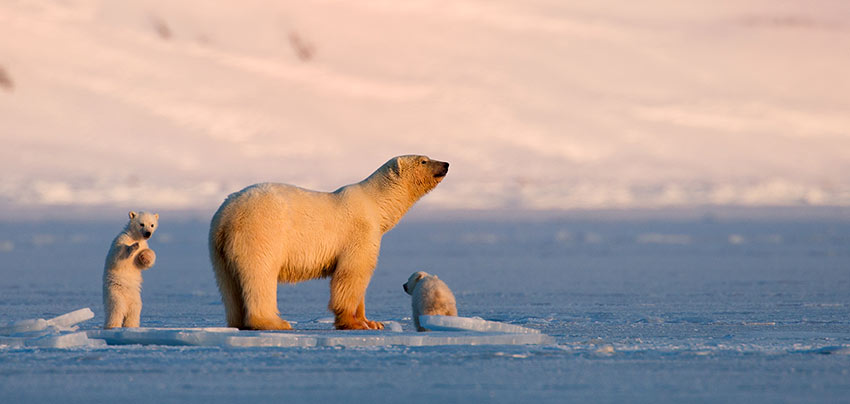
Svalbard, Norway – Wildlife
As late as 1990 there was virtually no tourism to the Arctic archipelago of Svalbard. Located between the Norwegian mainland and the North Pole, Svalbard was first the place for explorers, then whalers and coal miners. But thanks to companies like Hurtigruten – the Norwegian Coastal Voyage, it is now on the tourist map for the whole world to see. My adventure began aboard the coastal steamer MS Nordstjernen from Longyearbyen – the most northern city in the world. Heading northwest, I experienced breathtaking fjords, calving glaciers, unique animal and plant life, and a midnight sun that refused to go down. Over 60% of the archipelago consists of national parks, nature reserves, and bird or plant sanctuaries. Only four land mammals can survive on this barren tundra: the Svalbard reindeer, the Arctic fox, the Svalbard mouse and the polar bear – which has become the very symbol of Svalbard. The largest living land carnivore, they are considered the only animal that actively hunts humans. Actual encounters with this mighty species are rare, but their presence is felt all around. Visitors cannot leave settlements without a weapon or armed guide, and instructions are given on what to do with an unexpected encounter. From the deck of the vessel, I spotted a mother and her cub sleeping on an iceberg. After a couple of restless nights of my own, I would have liked to have asked them how they managed to sleep through the midnight sun.

Tahiti & Her Islands – Cuisine
The first thing you notice is the fragrance. The intoxicating perfume of the tiara flower announces to your senses that you are in a tropical world, overflowing with island vegetation and soothing trade winds. Indigenous Tahitian cuisine features what’s available from the land and sea. With such a plethora of fresh fruit and fish, it is virtually impossible to starve on the islands. Due to presence of the French (Tahiti is part of French Polynesia) there is a delectable hybrid of French and Polynesian creations. Coconut milk and vanilla – much stronger than the vanilla found in Mexico – are incorporated in many of the dishes. Poisson Cru, tuna cured in lime juice with chopped green onions, cucumbers and tomatoes; and Fife, a chicken stew with spinach-like taro leaves are among my favorites. The taro root (more flavorful than Hawaiian poi) is boiled like potatoes and not pounded. Breadfruit, sweet potatoes, and plantains also offer typical island starch fare. Mangoes, bananas, watermelon, pineapple, papaya, guava, sour sop and pummelo are in abundance. From the lagoons come parrotfish, perch, and mullet; from the open sea the freshest of tuna, bonito, Wahoo, scad and mahi mahi. For an insightful overview of these gastronomic delights, visit the main market in downtown Papeete, the capital of French Polynesia. Bon appétit!
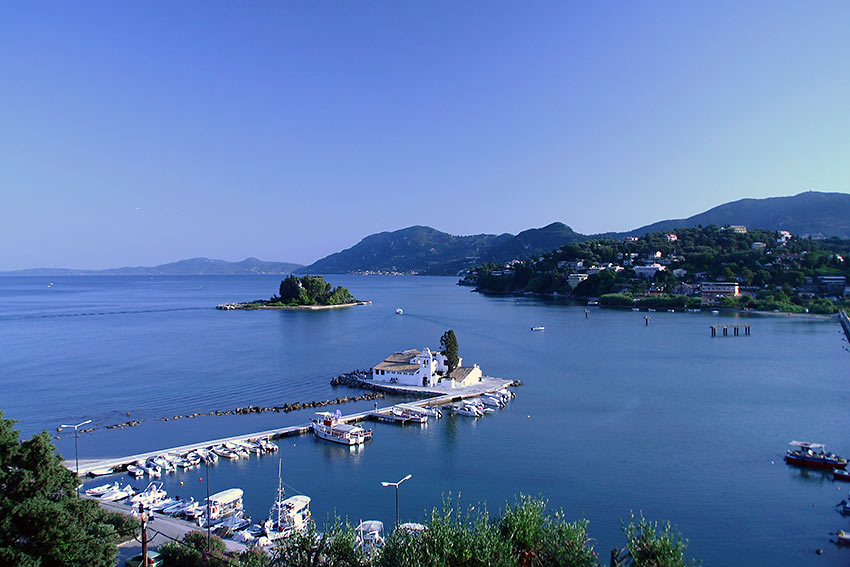
Corfu, Greece – Literature
In Homer’s epic poem, the Odyssey, the mythical Greek character Odysseus builds a raft and attempts to return to his home island of Ithaca. But Odysseus’ enemy, Poseidon, the Greek god of the sea, unleashes a storm and the raft is destroyed. Half-drowned, Odysseus washes ashore on the island of Corfu. He staggers into an olive grove and collapses. My arrival on Corfu was a slightly different experience. Poseidon must have been smiling for the seas were calm and shimmering. And my mode of transportation was the 360 feet long luxury sailing vessel the, Star Clipper – but my thoughts were colored by Homer in preparation for my arrival. In the story, Odysseus is found by a local family who nurse him back to health. Soon he tells the family of his 20-year odyssey, which began with his departure for the Trojan War. Homer, a traveling blind minstrel, articulates the narrative orally in “heroic hexameter” – known as a form of meter in poetry or rhythmic scheme. His approach to the story is considered by many a landmark in literature as the first-time most of a story is told in flashback. Today, odyssey means ‘an extended adventurous voyage or spiritual quest.’ I’ve often wondered how Odysseus was pronounced in Greek. So with a look of a surprise when the question was proposed to a local resident, I was told, ‘O-da-Say-us,’ of course!”
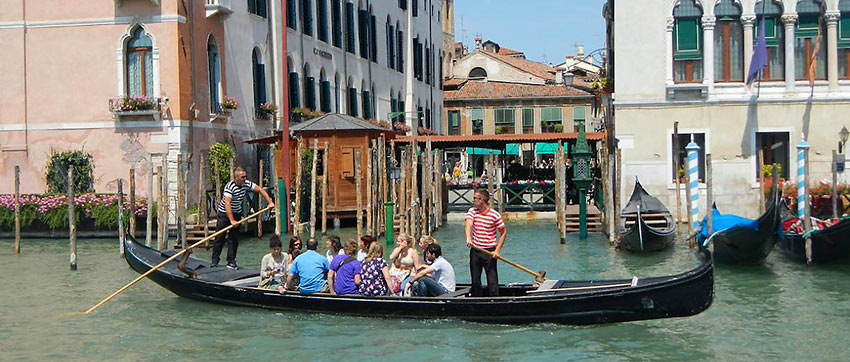
Venice – Romance
Arriving in Venice on a sweltering summer morning is similar to negotiating Disneyland on opening day. Hordes of day-tripping tourists pour into the city in search of Venice’s seemingly endless attractions that include San Marco, the Rialto Bridge, the Bridge of Sighs, Doge’s Palace, fish market, various boat excursions on the Grand Canal, and a sampling of Venice’s famed seafood and risotto. With a dwindling population of 90,570 designated as permanent ‘lagoon city’ residents, it has been said that every door in Venice now leads to a shop. But who was I to complain – after all, I was a tourist too, and Venice now belongs to the world. For many, the centerpiece of a trip to Venice is taking a gondola ride on one of its many canals. It is touristic, can be expensive and you’ll find a plethora of hungry gondoliers anxious to take you on a short trip. My advice is to wait until the sun goes down, when most tourists have left the island, and taking a gondola ride on the quiet, back canals, avoiding bumper to bumper gondolas during the daytime. Riding on canals in less touristic areas allows you see a different perspective of the city. The best way to do it is to walk a few blocks off the Grand Canal and look for a gondolier who is anxious to please. At that point, you can choose what neighborhood you want to explore. A standard gondola ride is 40 minutes – and yes, to my surprise, it was romantic. The gondolier even honored my request to refrain from singing as he gently maneuvered the gondola through Venice’s back canals.

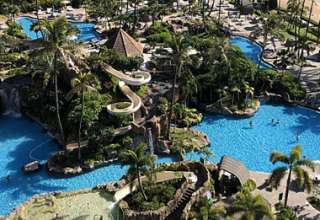
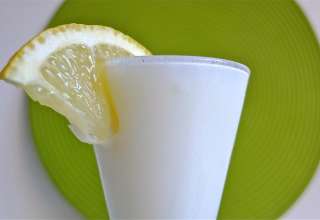
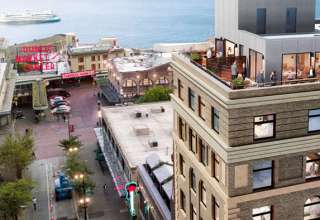

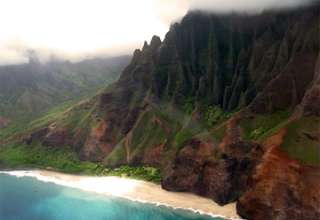



 Ringo Boitano is the younger (by 2 minutes) twin brother of Traveling Boy founder, Ed Boitano. As a former venture capitalist, Ringo’s remarkable essays on luxury travel capture the hopes and dreams of today’s hedonistic traveler as they venture into the secular world of travel.
Ringo Boitano is the younger (by 2 minutes) twin brother of Traveling Boy founder, Ed Boitano. As a former venture capitalist, Ringo’s remarkable essays on luxury travel capture the hopes and dreams of today’s hedonistic traveler as they venture into the secular world of travel.









